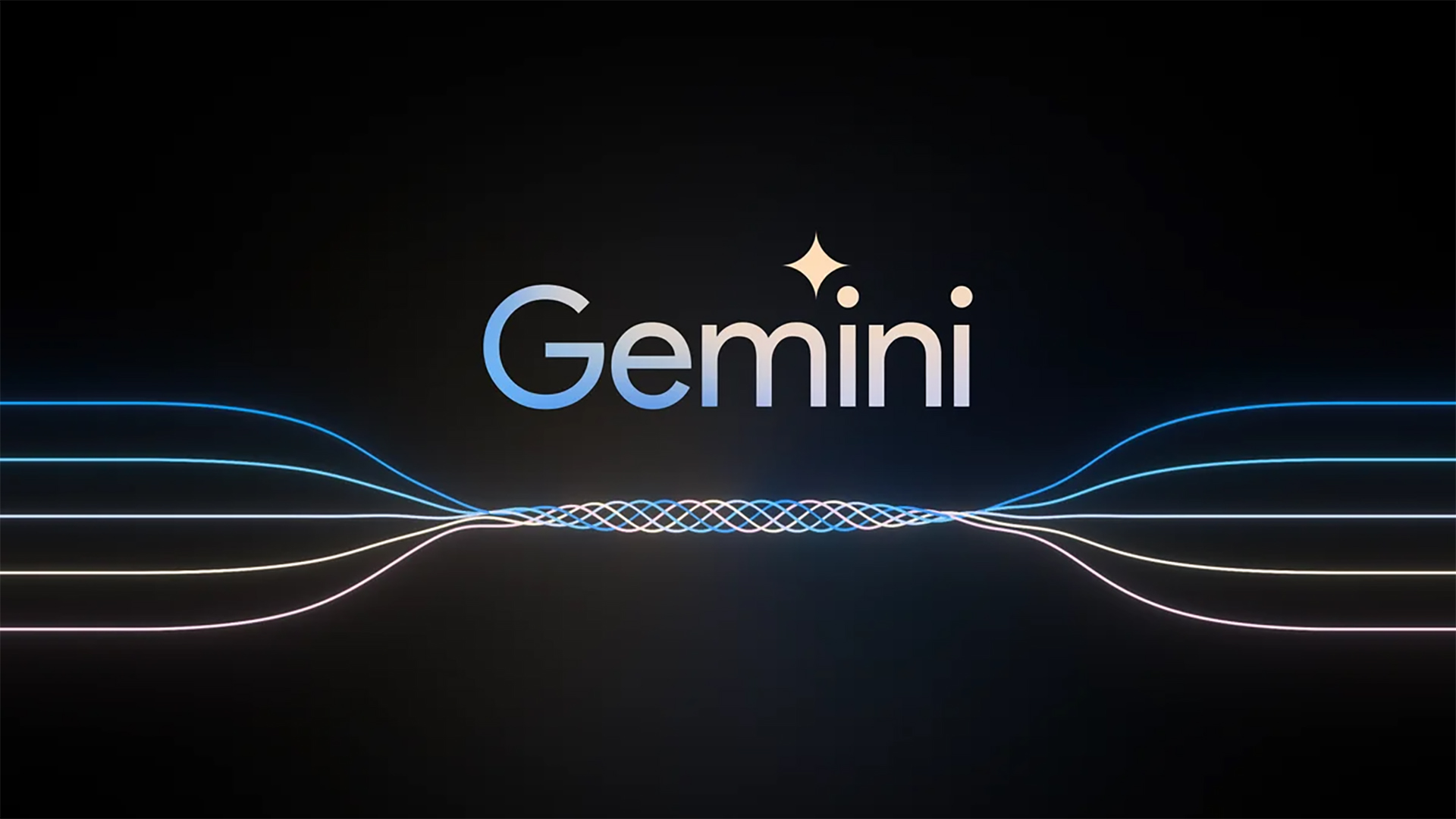At Google I/O in May, the company debuted its new multimodal AI known as Google Gemini. During that launch, Google talked about what Gemini can do and how it will transform many of the company’s products. However, it wasn’t until early December that we actually got to see Gemini in action, and how it’ll start to transform Google’s Pixel phones.
Now that Gemini is out there in the world on the Pixel 8 series and with more to come, we’ve made a list of all the things it can do on a Pixel phone so far, and a few brief ideas for features we hope to see in the future. Which version of Google Gemini do Pixel phones use?
Gemini is Google’s next-generation AI architecture. It has been designed from the ground up to replace Google’s current AI model known as PaLM2. Today, PaLM2 is what works under the hood for various Google AI features and products, such as Google Bard, Duet AI in Workspace applications, etc. Think of Gemini as being similar to GPT-4, the underlying architecture that powers the popular ChatGPT.
The big difference with Gemini when compared to PaLM2 or even GPT-4 is how it was built. Most multimodal models are built piecemeal — you build one thing to do Task A and then another thing to do Task B and then put them together so the system can achieve Task C. However, Gemini, according to Google, is “natively multimodal, pre-trained from the start on different modalities.” This should, in theory, make it faster, more accurate, and more efficient when it comes to performing its tasks. It should also allow it to perform tasks that other systems cannot.
There are three versions of Gemini, with each designed for specific types of work. Gemini Ultra is the BIG one. This is the multimodal model that will do incredibly complex tasks. Gemini Pro will power Google’s consumer-level products that work in the cloud. Think Google Bard and other PaLM2 products. And finally, there’s Gemini Nano, which is designed to work on a device natively and is what appears on Pixel phones. This is the least powerful version of Gemini, but it could be the most practical to use since it will not require a data connection and can be incorporated directly into consumer-level products.
You can read more about the differences between the three Gemini versions in our explainer at the link.
So what can Pixel phones do with Gemini Nano? Let’s find out!
Gemini Nano feature: Recorder summaries
On the Google Pixel 8 Pro, you can use a Gemini Nano-based feature inside the Recorder app. When you open a transcript of a recording, you will see a new Summarize button. Tapping this will use the power of Gemini to produce a quick transcript summary.
For this to work, you must be using a Pixel 8 Pro on the December 6, 2023 update or later. You’ll also need the newest version of the Recorder app.
Because this is a Gemini Nano feature, your phone’s processor handles the summary. That means you don’t need to be connected to the internet for the Summarize button to work.
Gemini Nano feature: Gboard Smart Reply
This is also only supported on the Pixel 8 Pro using the December 2023 patch, at least for now. It also is a feature that’s in developer preview, which means you need to switch it on manually.
Essentially, this allows you to receive suggestions for replies within your WhatsApp chats. It works by scanning the most recent chats in a thread and then providing you with a suggested reply that would be appropriate for that moment. Instead of manually typing out this reply, you’d just hit the suggestion, and Gemini will do the work for you.
Obviously, this is not unlike the years-old Smart Reply. But since this uses Gemini Nano, it will work faster, better, and use your phone’s processor rather than the cloud.
To turn this on, you’ll need access to Developer Options. To activate this on your Pixel 8 Pro, go to Settings > About phone and scroll down to the very bottom to find your software build number. Tap this number seven times and then enter your PIN. Now, go to Settings > System > Developer options and scroll down until you find AICore Settings. Tap this and make sure the Enable AICore Persistent toggle is on. This will give you access to Gboard’s Smart Reply within WhatsApp as powered by Gemini Nano.
On December 6, 2023, Google formally switched on Gemini Pro inside Google Bard.
So far, we haven’t seen much difference between Gemini Pro Bard and PaLM2 Bard. However, it’s early days yet, so we could see more substantial results in the future.
We’ve only seen a few features integrating Gemini, but there’s undoubtedly much more on the way. Below, we have a few ideas as to cool new tricks Pixel phones could do. To be clear, these are not rumored features or things Google has told us might be on the way — these are just ideas for what we hope to see.
Google already uses a lot of AI for photography, videography, and media editing on Pixels. These tools help Pixels to be some of the best camera phones you can buy.
Google Maps has a ton of capabilities already when it comes to mapping and directions. However, even on desktop, you can’t get too complex with it. For example, you can’t incorporate variables in your route like weather reports, concerts, or other events that could cause significant changes in traffic.
One thing that we’re starting to see Bard be able to do is create tables in Sheets, papers in Docs, and emails in Gmail using only voice prompts. With Gemini, though, this could become incredibly powerful.

